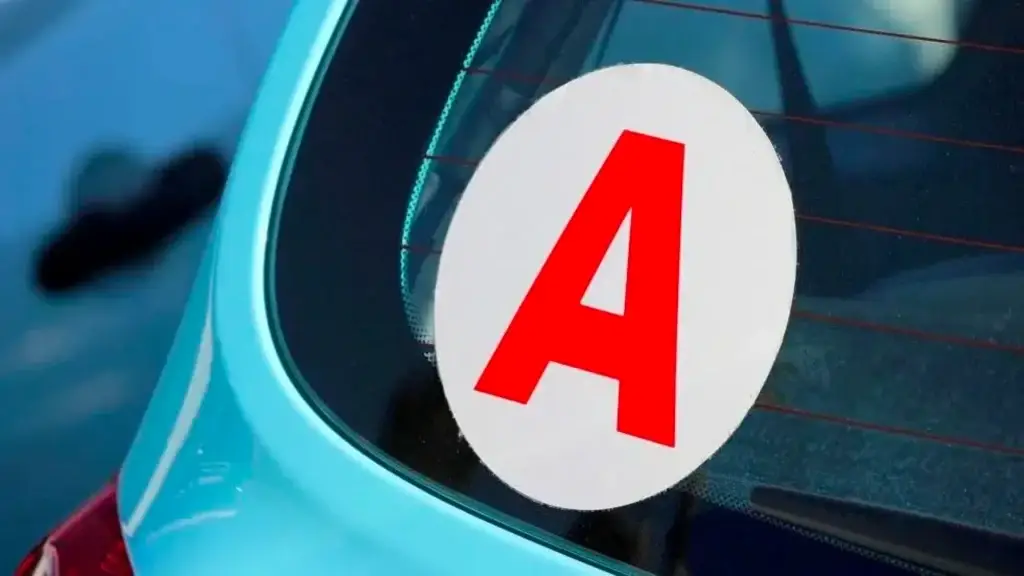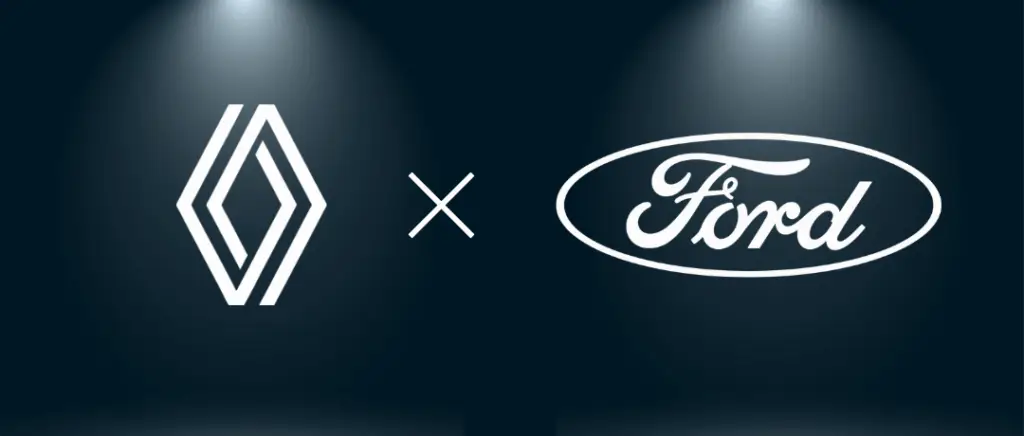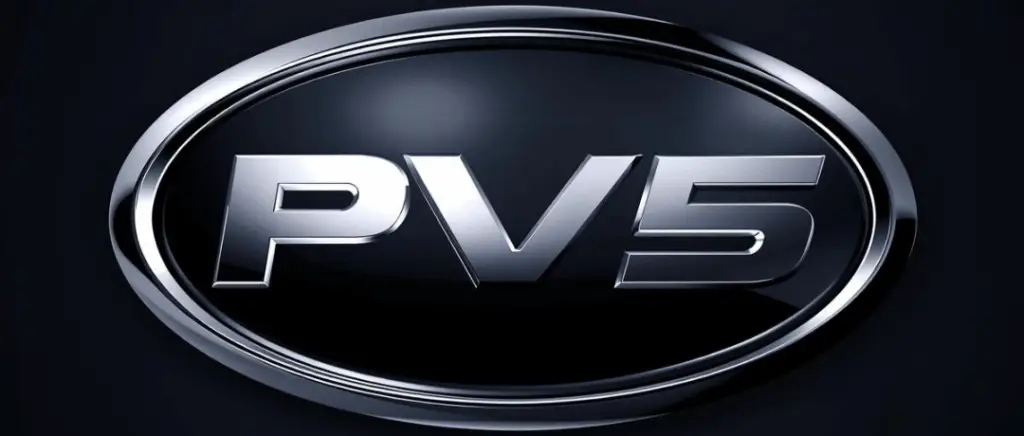Monday to Friday 9am - 12.30pm - 2pm - 7pm
What is a young driver?
Before getting to the heart of the matter, it's worth defining what a "young driver" is. First of all, there is no legal definition of a young driver. Whether in the Highway Code, the law or the Insurance Code, there is no clear-cut definition of a young driver.
Generally speaking, motorists who have held their driving licence for less than 3 years are considered to be young drivers. In other words, the duration of the probationary licence is used as a basis. Note that the length of the probationary licence is not the same for everyone.
| Apprentissage traditionnel | Conduite accompagnée | Apprentissage supervisé | Apprentissage encadré | |
|---|---|---|---|---|
|
Without further training
|
3 years
|
2 years
|
3 years
|
3 years
|
|
With additional training
|
2 years
|
1 year and 6 months
|
2 years
|
2 years
|
Young driver status is often indicated by the "A" disc attached to the rear of the vehicle. Length of probationary licence.
For the duration of the probationary licence, young drivers start out with 6 points. They will recover the remaining number of points over the entire cycle. Once again, this cycle depends on the individual's driving record. For example, a young driver who has obtained his licence through accompanied driving will receive 3 points per year over the two years of his probationary licence, compared with 2 points per year for a driver who has undergone traditional training.
Complementary training
As indicated in the table above, it is possible to reduce the length of time you have to hold your probationary licence. To do this, you either need to take part in accompanied driving courses, or take additional training courses.
Additional training courses have been available since 11 May 2019.To find out more, visit a driving school that has been awarded the "Quality Driving School" label¹.
For volunteers who would like to take part, training takes place between 6ᵉ and 12ᵉ months after obtaining their licence.
Before reducing the length of the probationary period and recovering the 6 points missing from the licence, the additional training courses are designed to make new drivers more responsible and "reinforce the skills they have acquired".
The aim of this initiative in particular is to reduce the number of accidents on the road, including those involving new drivers. According to the figures, it is during the first year that a large proportion of accidents occur, mainly due to negligence on the part of these young drivers.
Want to go electric?
Beev offers multi-brand 100% electric vehicles at the best prices, as well as recharging solutions.
Young driver insurance: how does it work?
As with all insurance, young driver car insurance covers you in the event of an accident. But what sets young driver insurance apart from other types of insurance is that it is often more expensive. Insurers believe that they are taking more risk insuring a novice driver than an experienced one. You may therefore be charged a higher premium, depending on your situation.
If you have just received your licence and passed the traditional test, you will be awarded a bonus of 100%. You will be increased to 50% if you obtained your licence through accompanied driving. Depending on the number of years without a claim for which you are declared to be responsible, your increase may be halved for the 1st year, reduced by ¾ from the 2nd year onwards and reduced to 0% after the 3rd year.
How much does an insurance policy cost?
Contract pricing is based on a number of criteria. First of all, we'll look at the driver's profile. A young driver may be a young adult who has just obtained his or her licence for the first time, or a motorist who has taken his or her licence again, or a driver returning to driving after a long period. Depending on the individual, the rate will be higher or lower. The rate will also take into account the use you make of your car, the average distance you cover, etc.
Another criterion is the vehicle you want to insure. The rate will not be the same if you want to insure a Fiat Panda or a Rolls Royce. The make, model, power and even the type of fuel are all factors that will influence your contract.
It should be noted that, depending on your experience and driving level, a more or less powerful vehicle may put you at a disadvantage when taking out a policy. As a young driver, if you want to buy a 'powerful' vehicle, the insurer may decide to increase the price because of the increased 'risk' of an accident.
How do you choose your insurance?
When we want to insure our car, we ask ourselves how to choose our insurance? Fortunately, there are several packages available. Which are :
- Third-party single cover
It is the minimum required for all motorists. It is the least expensive of the options, because its level of cover is also the lowest. It covers only the material and physical damage you are likely to cause to other road users. - Extended third-party cover
In general, it offers the best value for money.
Extended third-party cover is based on the same principles as simple third-party cover, but optional cover may be added. These include cover for natural disasters, technological incidents, terrorist attacks, fire, theft and glass breakage. - All-risk insurance cover
We'll finish with what is probably the best known: comprehensive insurance.
This is the most comprehensive option, but as you might expect, it's also the most expensive. In short, this cover indemnifies you whatever happens, whatever the circumstances. We recommend this option if your vehicle is particularly valuable.
Is there a horsepower limit for young drivers?
Legally speaking, there is no maximum horsepower imposed by law in the Insurance Code for young drivers. However, as mentioned above, if you buy a 'powerful' vehicle, you will be charged more for insurance. So it's worth knowing that most insurers consider a vehicle to be powerful if it has 6 or more horsepower.
In a nutshell
Taking out young driver car insurance isn't easy! There are lots of solutions, and not all of them are right for you. However, with this article and all the information provided, you should be able to get by. Important points to remember:
- You are eligible for young driver insurance if you have had your driving licence for less than 3 years for the "classic" option, or 2 years for accompanied driving.
- There are 3 types of insurance
- Third-party insurance (cheapest)
- Extended third-party insurance (intermediate solution)
- Comprehensive insurance (the most comprehensive insurance, but the most expensive)
- For a first car, avoid cars that are too 'powerful', as this is likely to put off insurers, who may considerably increase the insurance rate.
We hope this article will be of great help to you. If you have any questions, don't hesitate to ask us in the comments!
































